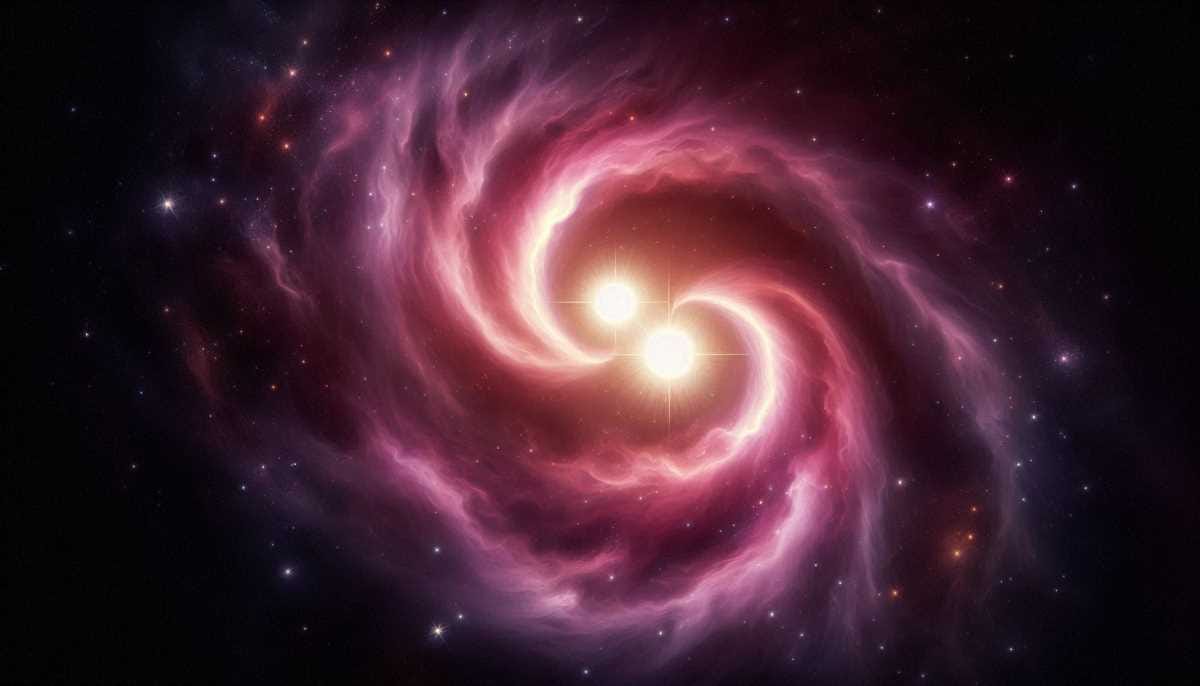Astronomers Unveil Stellar Impostor in S1 Binary System
Astronomers have discovered that the mass of the main star in the S1 binary system is significantly smaller than previously thought. By using advanced techniques, researchers determined the star's mass is only 4.1 times that of the Sun, challenging existing models of stellar evolution.

In the most precise measurement of the characteristics of the S1 binary system, researchers from the Institute of Radio Astronomy and Astrophysics (IRyA) of the UNAM, Morelia campus, determined that the mass of the main star of this object is 20 to 50 percent less than previously estimated.
Through the study — made up of the doctoral student in Astrophysics at IRyA, Jazmin Ordóñez Toro, researchers Laurent Raymond Loinard and Luis Felipe Rodríguez Jorge; as well as Sergio A. Dzib, from the Max Planck Institute in Germany — they reviewed the objects located in a star-forming region in the direction of the Ophiuchus constellation, approximately 450 light-years away from Earth.




